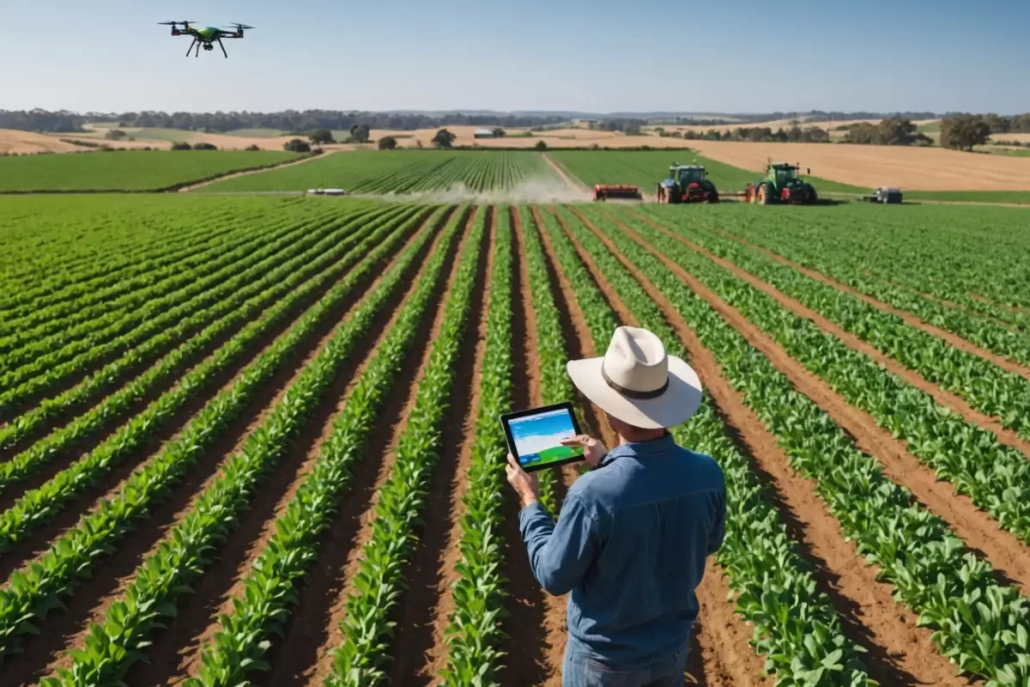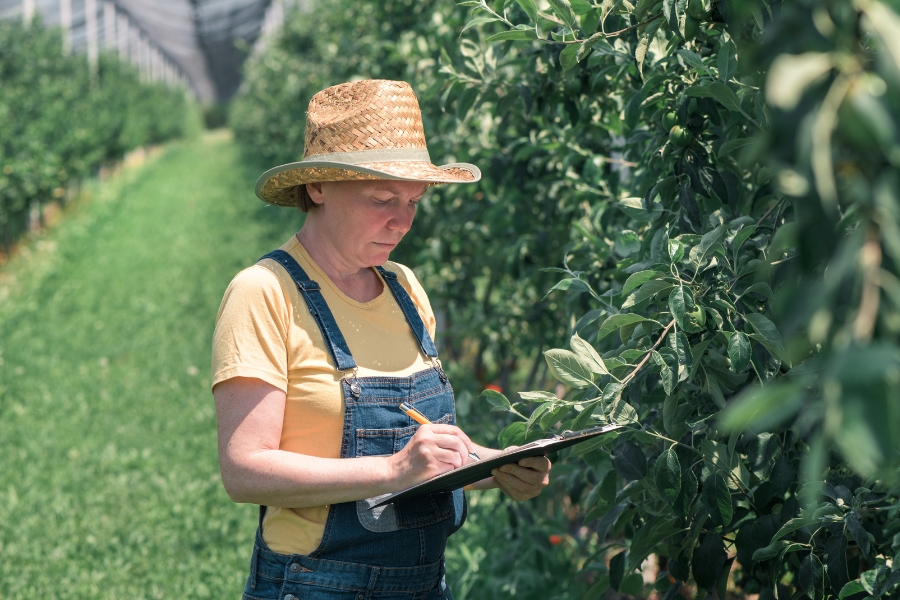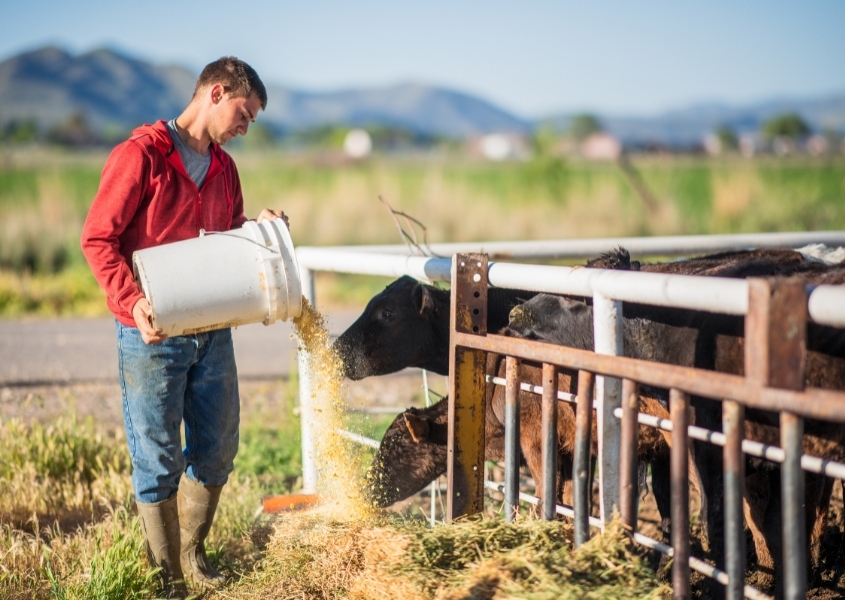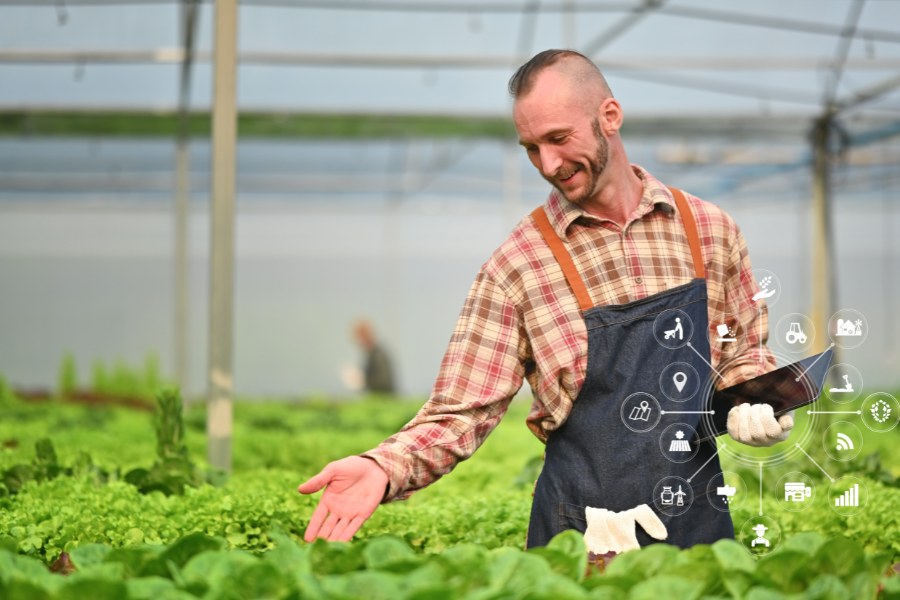In the fast-paced world of agriculture, the demands on your time can be overwhelming. As an Australian farmer, you’re no stranger to the challenges of managing a farm while striving for productivity and profitability. Enter smart farming systems—innovative solutions designed to help you reclaim your time without sacrificing the success of your farm. These systems are not just about technology; they’re about transforming your daily operations to create a more sustainable and balanced farming lifestyle. According to this article on smart farming, precision agriculture is revolutionising the way we approach farming, offering practical solutions that can empower your team and streamline your workflow.
Understanding Smart Farming Systems
Smart farming systems are all about efficiency and precision. They integrate advanced technologies like IoT, AI, and data analytics to optimise various farming processes. Imagine having a system that monitors soil conditions, weather patterns, and crop health in real-time. This isn’t just futuristic thinking; it’s happening now. By adopting these systems, you can make informed decisions that enhance productivity and reduce waste.
But what does this mean for you? It means less time spent on manual tasks and more time focusing on strategic decisions that drive your farm’s success. Ever tried using a drone to survey your fields? It’s a game-changer! These systems provide insights that were previously unimaginable, allowing you to manage your resources more effectively.
The Benefits of Automation in Agriculture
Automation is a key component of smart farming systems. It’s not about replacing human labour but enhancing it. By automating repetitive tasks, you can free up your time and energy for more critical aspects of farming. Think about irrigation systems that adjust based on weather forecasts or automated feeding systems for livestock. These innovations reduce the margin for error and ensure your farm operates smoothly.
Moreover, automation can significantly reduce stress. Knowing that your systems are handling routine tasks allows you to step back and focus on the bigger picture. It’s like having an extra pair of hands that never tire. This not only improves efficiency but also contributes to a healthier work-life balance.
Tailored Solutions for Your Farm
At Enable Ag, we understand that every farm is unique. That’s why smart farming systems are not one-size-fits-all. They can be tailored to meet the specific needs of your farm. Whether you’re managing a large-scale operation or a smaller family farm, there are solutions designed to fit your requirements.
Consider the challenges you face daily. Is it managing crop rotation, monitoring livestock health, or optimising resource use? Smart farming systems can address these issues with precision. By customising these systems, you can ensure they align with your goals and enhance your farm’s productivity.
Empowering Your Team
Empowering your team is crucial for the success of any farm. Smart farming systems can play a significant role in this by providing your team with the tools they need to perform their tasks more efficiently. Training your staff to use these systems not only boosts their productivity but also increases their job satisfaction.
Imagine a team that’s not bogged down by mundane tasks but is instead focused on strategic initiatives that drive growth. By investing in smart farming systems, you’re investing in your team’s future. This empowerment leads to a more motivated workforce and a more successful farm.
Taking the First Step Towards Smart Farming
Transitioning to smart farming systems might seem daunting, but it doesn’t have to be. Start small and gradually integrate these technologies into your operations. Begin with areas that require immediate attention and expand as you become more comfortable with the systems.
Remember, the goal is to enhance your farm’s efficiency and sustainability. By embracing these innovations, you’re not just improving your farm’s productivity; you’re transforming your lifestyle. It’s about working smarter, not harder.
Ready to take control of your farm’s future? Download the Farmers’ Ultimate Freedom Checklist to discover how smart farming systems can revolutionise your operations. Empower yourself, empower your team, and transform your farm today.

 Enable Ag
Enable Ag Enable Ag
Enable Ag
 Enable Ag
Enable Ag
 Enable Ag
Enable Ag


